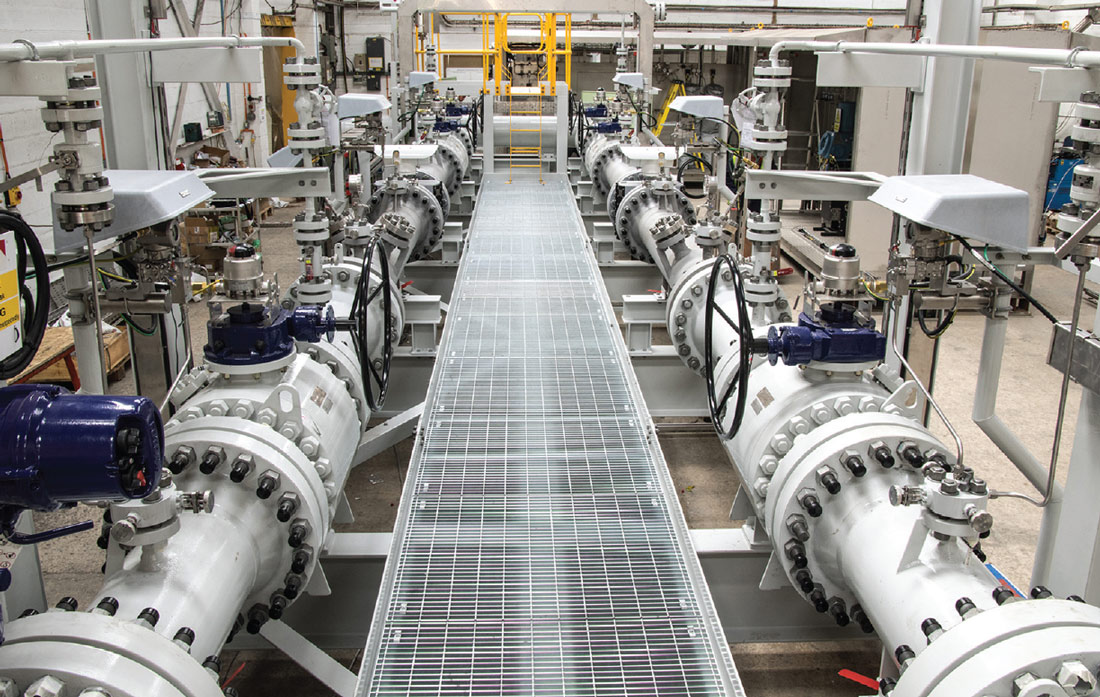
By Lucien Joppen
The energy transition will impact the oil and gas sector and its supply base, including the flow control industry. Mark Goodfellow (Alderley) expects that the above development ultimately will lead to rationalization and consolidation in the valve sector. “However, this timeline might extend to 2050 as oil and gas could well continue to be a significant part of the mid-century energy mix. Nevertheless, the entire supply chain should take a pro-active role, sooner than later.”

Mark has been active in the oil and gas industry for 25 years, initially starting in sales/marketing functions for various flow control/valve companies. Currently, he works as a valve lead engi-neer for Alderley (since 2013). In this function, he is responsible for the final selection and sourcing of O&G industry specification valves, actuators, controls and other related equipment.
He is also the technical authority for materials and specification compliance for all group locations, including the UK, United Arab Emirates and the Kingdom of Saudi Arabia facilities. Mark has created in-house valve and applications training for the engineering and non-technical staff including technical guidance and support documentation. He also engages in research related to new markets, applications and processes with marketing, business development and the technical team within Alderley.
Mark, as you mentioned earlier, the oil and gas industry is in a state of transition. What are your thoughts on this development?
“Well, it is clear that the global energy industry is in transition, driven by the imperative to address the climate change crisis and to move towards net zero emissions by 2050 as has been documented in the Paris agreement. This journey towards zero-carbon in 2050 poses two major challenges for the oil and gas sector: powering global economic growth and managing a smooth transition to a low carbon future to meet ever tougher climate goals. For me, this transition needs to be managed in a balanced manner. First of all, we need energy security. The transi-tion should be facilitated by maintaining a continued supply of safe, reliable and affordable energy. Second, the carbon intensity of existing energy operations and industrial applications should be reduced. Third, we should phase in as soon as possible new technologies and low-carbon energy sources. Having said this, oil and gas, as a critical part of energy, have a key role to play in this for many years to come, given the overall growing global demand for energy and the (lagging) potential of renewable energy.”
What will be the implications of the energy transition for the flow control sector?
“In the short term, I don’t expect an effect as the journey towards ‘zero-carbon’ will not happen overnight. At present, according to the recent DNV GL Energy Transition 2021 outlook, fossil fuels will still hold a 50 per cent share of the energy mix by 2050 which will no doubt have an impact on valve suppliers who traditionally operate in oil & gas markets and will ultimately lead to rationalization and consolidation in the industry. On the other hand, the energy transition also offers opportunities for the flow control sector to take a pro-active role and it is well-positioned to do this. Flow control has a key role to play in each of the above challenges (continuous supply, reduce carbon intensity, ed). The valve industry could focus on high-performance and low-cost solutions, including new materials to improve longevity and re-use through a circular economy. New flow control solutions can also improve the performance and efficiency of energy operations, e.g., to reduce leakages/ fu-gitive emissions, and providing connectivity of assets for digital monitoring and management including remote condition-based monitoring solutions.”


